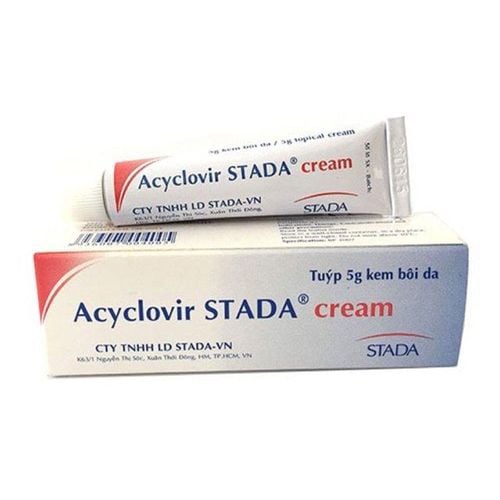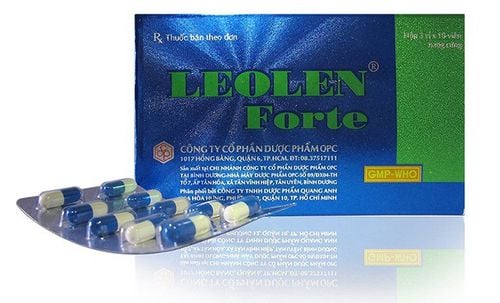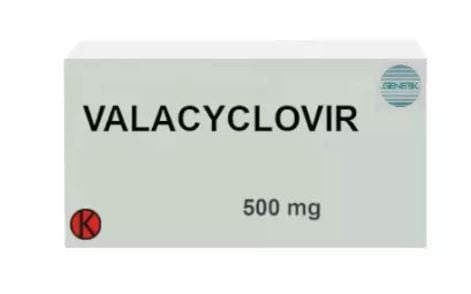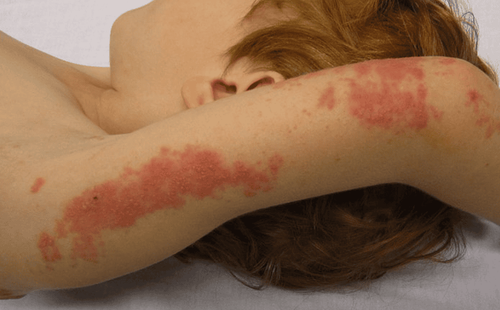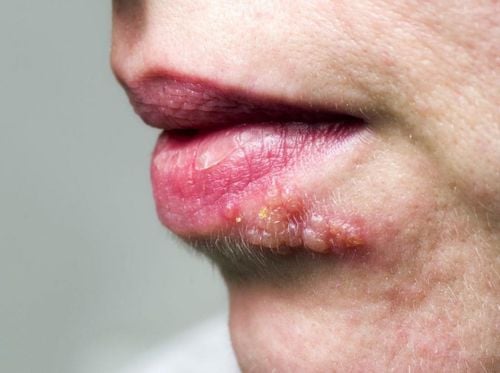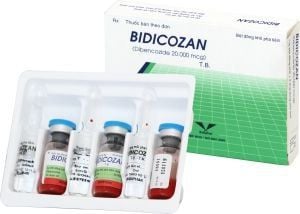This is an automatically translated article.
The virus that causes chickenpox - called varicella zoster, is also the cause of shingles (also known as shingles). So does shingles go away on its own? What is shingles and how is it specifically treated?
1. Shingles and how to treat it
The varicella zoster virus that causes shingles can stay dormant in your nerves for decades after causing chickenpox and suddenly become active again one day. The main symptom of shingles is a rash that appears on one side of the body or face, and is painful for the patient. If you suspect that you are experiencing this condition, you need to see your doctor right away to get an accurate diagnosis of shingles and how to treat it.
There is practically no cure for shingles, but doctors can prescribe medication to control the infection, shorten the healing time, fight inflammation, and relieve pain. Such as:
1.1. Antiviral drugs These medications work to slow the progression of the shingles rash, especially if you take them within the first 72 hours after symptoms start. In addition, the drug can also reduce the patient's risk of complications. The most commonly prescribed antiviral drugs are:
Acyclovir (Zovirax); Famciclovir (Famvir); Valacyclovir (Valtrex). If you are prescribed one of the above, you should consult your doctor or pharmacist about possible side effects to facilitate monitoring during use.
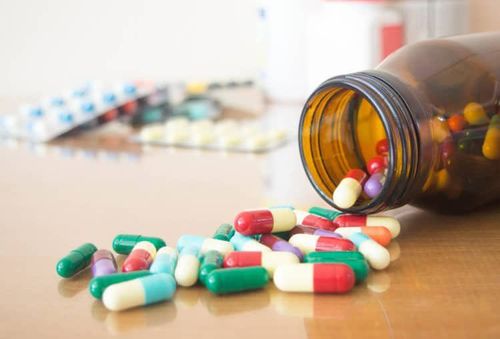
1.2. Painkillers Shingles causes inflammation and pain, so your doctor may allow you to take over-the-counter medications to ease discomfort and ease symptoms of shingles. Pain relievers include:
Acetaminophen; Ibuprofen; Naproxen. These medications can also help you prevent postherpetic neuralgia. This condition causes some people to continue to experience burning pain after the shingles rash and blisters have disappeared.
1.3. Other medicines If you have severe pain after the rash or infection clears up during a shingles outbreak, your doctor may prescribe the following:
capsaicin cream This is a topical pain reliever to be used. outside. When using, be careful not to get the medicine in your eyes.
Anticonvulsants/epileptics Gabapentin, for example, is also used to relieve neuropathic pain after shingles in adults.
Anesthesia You can use an anesthetic such as Lidoderm or Xylocaine to relieve pain. This medicine usually comes in different forms, including cream, liquid, patch, powder and spray, ...
Antibiotics If bacteria enter the skin and the rash develops, the patient may have may require antibiotics. But if the disease is not accompanied by bacteria, then antibiotics will not help either.
Tricyclic antidepressants Although they are primarily used to treat depression, some drugs in this class can also help relieve pain after your skin has healed. These include amitriptyline, desipramine (Norpramin), and nortriptyline (Aventyl, Pamelor). If a tricyclic antidepressant is prescribed, your doctor will tell you about the risks and benefits that come with it.
In addition, there are also cases where the doctor prescribes narcotic and addictive drugs (such as narcotics), or corticosteroid injections.
Trắc nghiệm: Bận rộn có ảnh hưởng đến sức khỏe của bạn không?
Cuộc sống hiện đại khiến chúng ta vì quá bận rộn mà quên chăm sóc sức khỏe cho chính mình. Ai cũng biết rằng lịch trình làm việc cả ngày có thể khiến bạn kiệt sức, nhưng cụ thể bận rộn ảnh hưởng thế nào tới sức khỏe? Hãy cùng làm thử bài trắc nghiệm dưới đây.
2. Shingles care and home treatment
Although there is no cure for shingles and there is no home remedy, you can still apply the following tips to help your skin heal quickly. For example:
Keep the affected area clean, dry and well-ventilated as much as possible; Sometimes you will have very intense itching, but try not to scratch or break the blisters; Take a cool shower or apply a cold compress on the affected area to relieve itching and pain; Limit stress and tension in life; Talk to your doctor about topical creams or natural ingredients you can use to relieve pain and itching, as well as speed up healing. Examples include calamine lotion and oatmeal baths; Some people claim that acupuncture and other complementary therapies help relieve pain both during and after shingles. However, you should consult your doctor before you want to take these measures.
3. Preventing shingles
Some antiviral drugs can control symptoms, as well as shorten the duration and severity of the illness. These medications are most effective if you start them as soon as possible after the rash appears. You can also take over-the-counter pain relievers or other medications prescribed by your doctor. If you suspect that you or a loved one has shingles, you should seek medical attention immediately who have been diagnosed with shingles and given appropriate treatment.
Please dial HOTLINE for more information or register for an appointment HERE. Download MyVinmec app to make appointments faster and to manage your bookings easily.
References: Cdc.gov; Mayoclinic.org, Webmd.com




